
Econ Group Limited was commissioned by our client to deliver a comprehensive subsurface investigation and excavation project in South London. The primary goal was to identify and document the presence and location of tree roots within designated excavation zones to support planning conditions and ensure protection of critical root structures in line with Arboriculture Method Statements.
Our team was responsible for managing the project end-to-end from initial site setup to reinstatement all while adhering to best practice standards in health & safety, environmental protection, and industry regulations.
The project began with site setup and safety zoning, overseen by a designated Econ Group Supervisor. Prior to any cutting or excavation, the supervisor carried out a detailed site inspection to assess the work area, interpret the client’s plans, and confirm exact cutting lines. All markings were made using high-visibility spray to guide the operators, with CAT and Genny scans performed to detect any live services. In collaboration with SGN, gas services were clearly marked, and trial holes were excavated to verify the accuracy of the scan results.
Once the area was deemed clear and a Permit to Dig was issued, surface cutting commenced. Using a petrol-powered floor saw equipped with a diamond-tipped blade, trained operatives carried out precise cutting of both tarmac and reinforced concrete. All cutting equipment underwent pre-start safety checks, and a water suppression system was used throughout the process to manage dust and ensure visibility. Operatives wore full PPE, and all work was completed in accordance with manufacturer guidance and current Health & Safety regulations.
After the cutting was confirmed complete by the site supervisor, a backhoe loader was mobilised to break out the surface layers. Initially fitted with a hydraulic breaker attachment, the backhoe was operated carefully along the inside edges of the saw lines. This ensured a clean and controlled fracture of the surface material, without disturbing the surrounding structure or buried assets. Once the surface was broken, the machine switched to a bucket attachment to remove the debris. All spoil was safely stockpiled on site, and the excavation zones were made safe for hand digging operations.
The next phase involved manual excavation to expose and record the presence of tree roots. Using only handheld tools, operatives removed material layer by layer, staying alert to the presence of buried root structures or other subsurface features. Excavations continued to a maximum depth of one metre unless tree roots were found earlier. If roots were discovered, their location and depth were recorded by the supervisor, and the roots were immediately protected with a covering of topsoil before any further backfilling. If no roots were found within the excavation, this outcome was documented, and the trench was carefully reinstated.
Throughout the excavation process, safety barriers were maintained around the trenches, and care was taken to avoid collapse by keeping spoil at a safe distance from the edge. In areas where manual digging became impractical due to compacted or resistant ground conditions, a T500 Hiti Breaker with a spade attachment was introduced as a supplementary tool. Its use was strictly controlled and only authorised when necessary. Before switching to the breaker, operatives documented the maximum depth achieved manually, the pit number, ground conditions, and photographic evidence of the trench. This information was later compiled into the final investigation report to demonstrate adherence to Arboriculturally Method Statements and Root Protection Area guidelines.
Upon completion of each trench, backfilling was carried out using only the original spoil. This was done carefully to avoid damaging any root systems or utilities and to match there instated surface with existing tarmac or concrete levels. No external materials were imported. The site was then cleaned, tidied, and left in a safe condition ready for the client’s next phase of work.
A comprehensive report was produced and delivered to the client. It included all recorded data, site drawings marked with root findings, photographs of trial pits, a description of ground conditions, CAT scan results, and verification of safe working practices. This documentation will be included as an appendix to the Arboriculturally Report to support planning submissions and compliance requirements.
The project was completed on schedule, without incident, and to a high professional standard. It demonstrated Econ Group’s capability to operate with precision in sensitive environments, managing complex site conditions while prioritising safety, environmental stewardship, and client satisfaction. This work serves as another example of our commitment to delivering reliable, compliant, and carefully executed infrastructure services across the South London region and beyond.
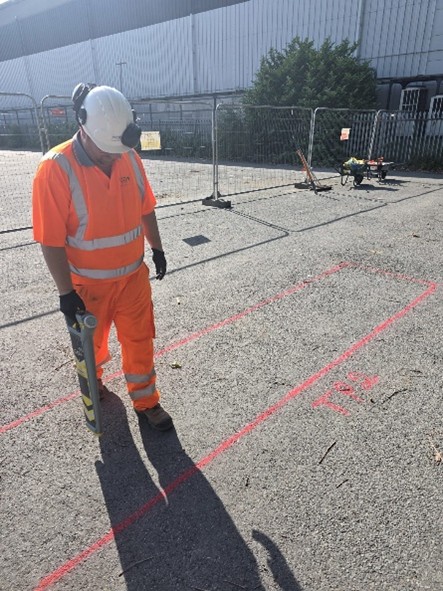
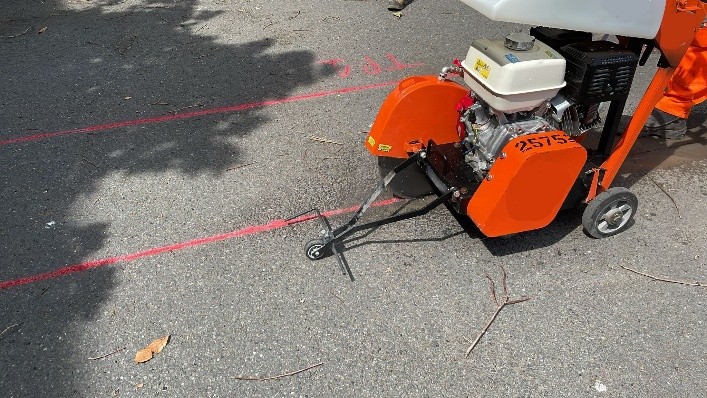
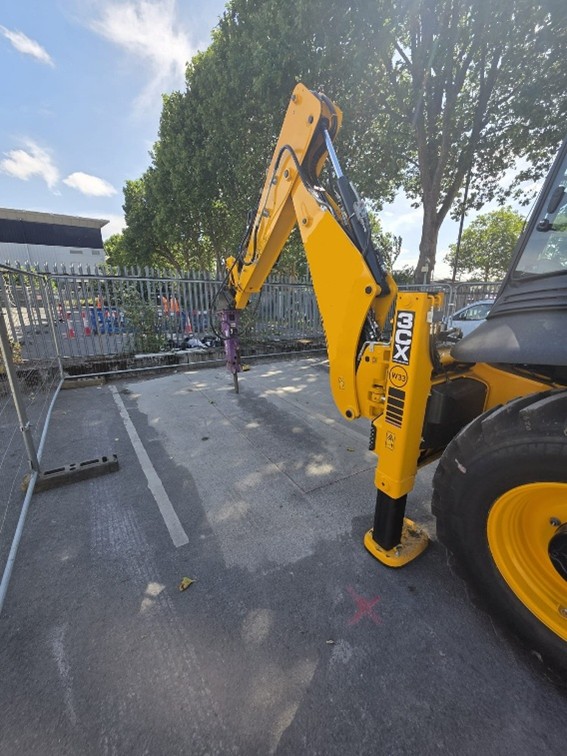
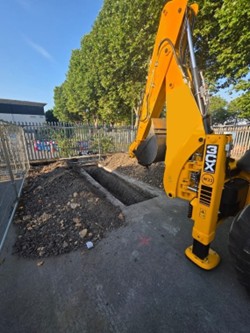
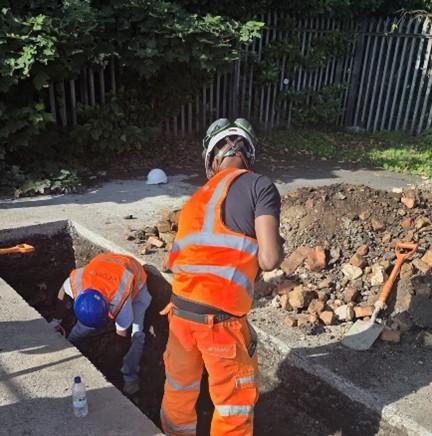

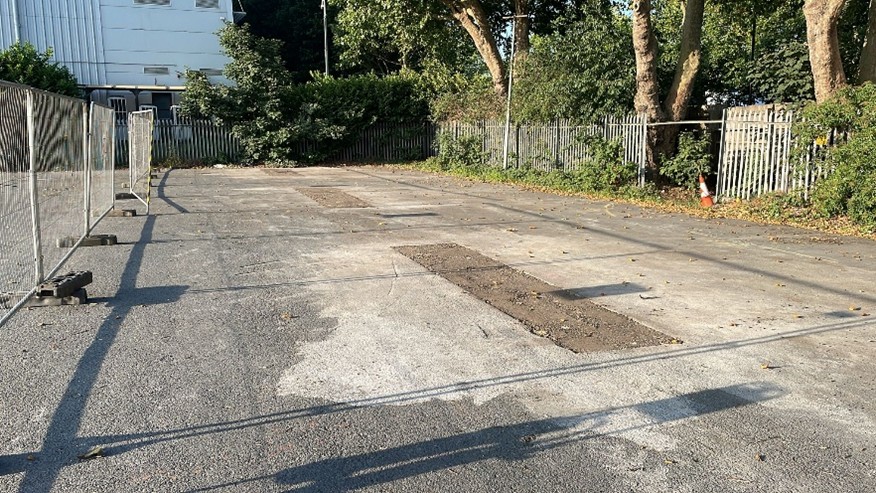
If you would like to learn more about this project or our excavation and environmental investigation services, please get in touch with our team.
"This was our first time working with Econ Group, and we were thoroughly impressed from start to finish. The professionalism shown throughout the project was outstanding. From the initial consultation to the final handover, every aspect was handled with care, expertise, and attention to detail.
The team delivered the job on time and within budget, which is rare to see in today’s industry, no coming back for lots of variations. The staff were not only highly skilled but also extremely friendly and approachable, making the entire process smooth and stress-free.
Without a doubt, we’ll be using Econ Group again in the future not just for remediation works, but for the entire enabling package. They’ve set a new benchmark in terms of quality, service, and reliability."
- Project Manager, August 2025



